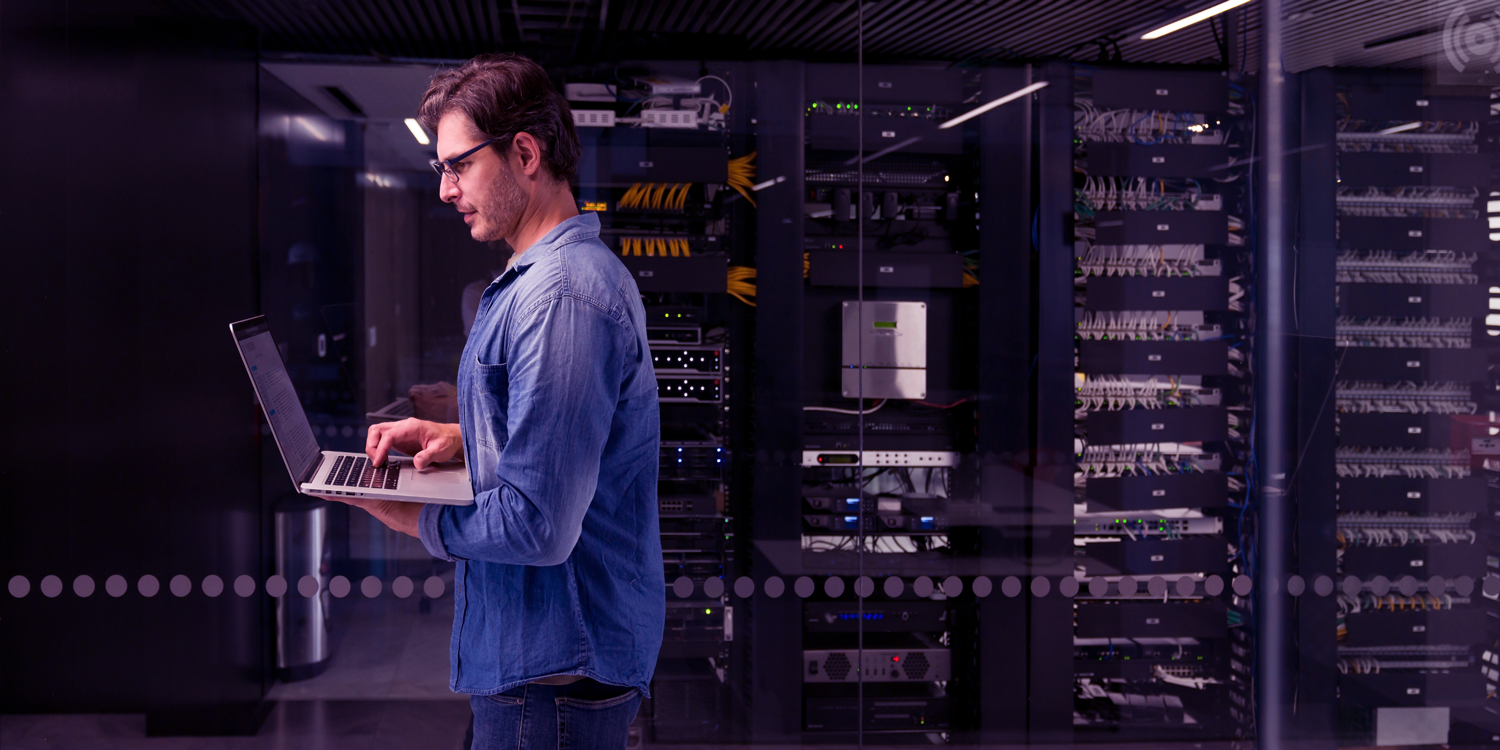
And while it can be argued that the direct return on investment did not justify the costs, the ancillary benefits to society of the technologies that came out of the space race more than paid for themselves.
Space race advances
Many of the fantastic conveniences we take for granted today originated from research & development in service to winning this race. Satellite navigation (GPS), wireless radio communications (ground control to astronauts) and even your Nike footwear used “blow rubber moulding” shock absorption technology developed for space helmets.
The origins of GPS trace back to the amateur radio operators who found they could pick up Sputnik 1’s signal. The Applied Physics Laboratory (APL) compensated for wave variations like the Doppler effect allowing them to spy on the Soviet satellite’s location.
APL began to devise a navigation system to enable the precise launch of Polaris nuclear missiles from US Navy submarines. This system was called TRANSIT, the first satellite navigation system.
In 1973 US Department of Defense started the GPS project as we know it today. The complete constellation of 24 satellites became operational in 1993, first for military use and then three years later for civilian use.
We now rely on GPS for road and air travel, tagging locations, and tracking vehicles and employees, mostly forgetting the Satellites zipping around the Earth, making your hunt for the closest Starbucks possible.
After the Liberty Bell 7 capsule splashed down in 1961, the hatch prematurely blew out. The cabin flooded, losing all radio transmission, and preventing astronaut Gus Grissom from contacting his rescue team. NASA (National Aeronautics and Space Administration) required a lightweight, self-contained communication product.
They began working with ITT Labs and Pacific Plantronics to implant the company’s MS-50 headset into an astronaut’s helmet. Since then, Plantronics has continued developing new technologies such as Bluetooth and DECT for products used in offices, trading floors and homes. Speakerbus’ ARIA soft client leverages some of these technologies.
Today’s capitalist space race
While the current space race is dominated by the world’s richest businesspeople, Morgan Stanley predicts the global space industry will generate revenue of $1 trillion in 2040, they see this as a big investment opportunity for venture capital and private equity funds.
Businesses such as Blue Origin and SpaceX are supporting NASA, planning factories in Space and lucrative precious metals and mineral mining operations. With limited resources on Earth, such initiatives will reach far beyond just profit, economic growth, and expanding Earth’s resource base.
Previously, only governments had the power to control human development, now it appears the private sector will be leading our economic, technical, and environmental progress.
The new moonshots
It's a safe bet that new communication technologies enabling voice, video and data communications in deep Space will find their way into business collaboration software in the future. While at the same time, high-frequency trading could adapt and benefit from advanced faster communication methods.
Space exploration will continue to be an essential driver, opening up new specialities in science and technology, as well as sparking other sectors to partner with the space sector for joint research and development.
At Speakerbus, we support ground communications with instant voice platforms delivering intercom, hoots, and multi-party voice via Command Consoles. As well as workplace optimisations, for instance, displaying our ARIA Soft Client on WEY TEC’s multifunctional keyboard with a touch-sensitive 10.1“colour LCD display – maximizes working productivity. However, as missions continue, we can expect lower latency, larger bandwidth communication technologies to be developed for data, video, and voice transmission.
It’s still early days for commercial space flight, but if history repeats itself, the billionaire race to travel further in space and even colonise other planets like Mars will offer some exceptional innovative technologies for all of us – still back on planet Earth.
Key takeaways
- Adaptable Technology – As new methods and technology are developed for Space, some will find applications on Earth.
- Communication Latency – Communication technology will improve to allow more efficient space exploration and boost communication methods on Earth. These systems could enhance transactions such as trading and Blockchain technologies.
- Expand Resources Base – Space exploration offers the opportunity to boost Earth’s resource base.
Learn about Speakerbus' innovative communications solutions
If you'd like to learn more about Speakerbus, explore our communications solutions or get in touch with our expert team.



